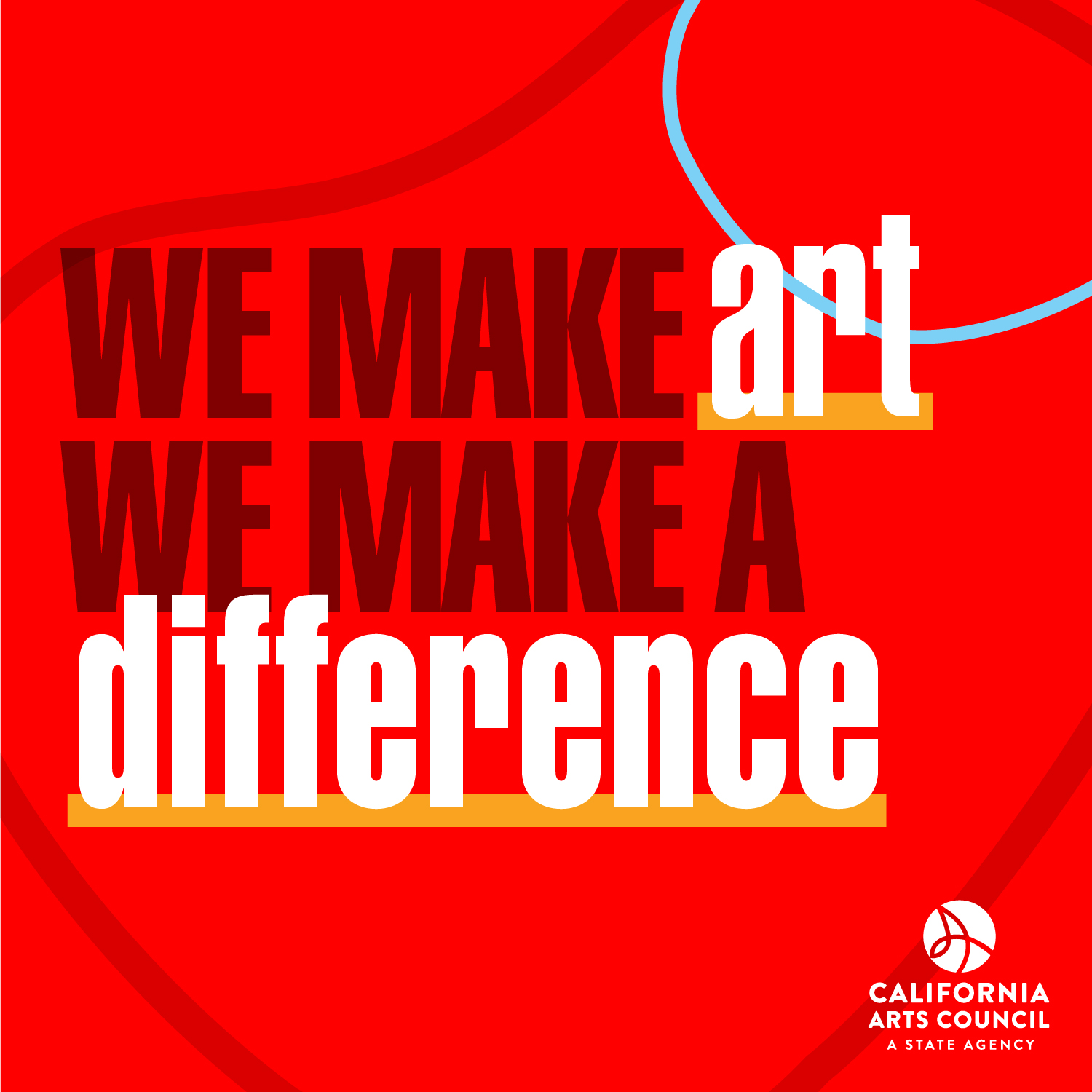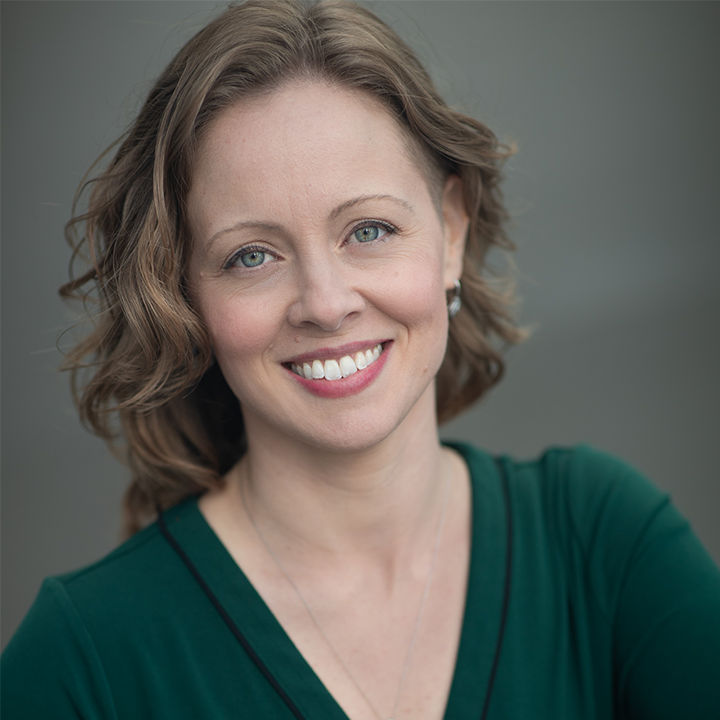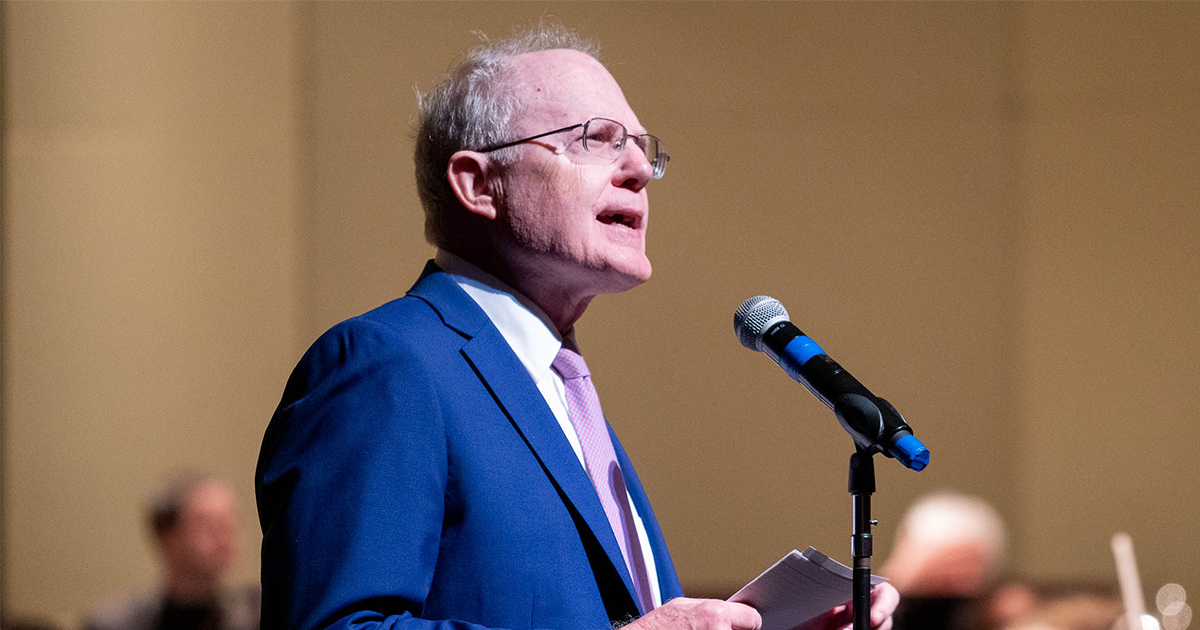Note from ACSO: Our membership network is full of incredible people with a wealth of life experiences, talents, and diverse perspectives and backgrounds. We want to share their insights, points of view, and wisdom with all of you, as well as raise the voices of individuals who are making a difference for the classical music field. Our guest blog series features people from different communities throughout California and the western region, from different sizes and types of classical music organizations, and with different jobs and responsibilities. They will share what they have learned, express their opinions about the sector, and ask challenging questions that will help us shift our thinking and be better advocates for this art form that we all love.
So…What Exactly is a Youth Orchestra?
Cheryl Marvin, Executive Director, Conejo Valley Youth Orchestra
 People often assume they know what a youth orchestra is simply by the words “youth orchestra." While “youth orchestra” or “youth symphony” may seem self-explanatory, misunderstandings even among the musically inclined are surprisingly common.
People often assume they know what a youth orchestra is simply by the words “youth orchestra." While “youth orchestra” or “youth symphony” may seem self-explanatory, misunderstandings even among the musically inclined are surprisingly common.
It is often assumed that a youth orchestra is synonymous with a local school orchestra, but a youth orchestra is a different animal entirely. To borrow from sports jargon, youth orchestras can be thought of as the “minor league” when compared to professional orchestras, the “major league.”
It is true that youth orchestras work with young musicians, typically ranging from pre-teens or teenagers to those in their mid-20s. However, these musicians are accepted and placed based on their auditions, allowing directors to program music appropriate for the ensemble.
You may be wondering what the primary function of a youth orchestra is. In brief, they provide an opportunity for young musicians to study and perform music at a high level. They also provide homeschooled musicians a place to play with an ensemble. The typical youth orchestra will have multiple ensembles ranging from entry level to a pre-professional level of orchestra. Often, they participate in community outreach and education programs.
Youth orchestras also vary between organizations. Some are sponsored by a professional orchestra or a university, while others are stand-alone. Many youth orchestras, like the Conejo Valley Youth Orchestra, have a long and rich history in the community, while others are new to the scene. More established youth orchestras may have over 700 musicians, 12 ensembles, and a staff of 20. By contrast, a newer youth orchestra may only have 30 musicians, one ensemble, and be run by one or two people. In almost all cases, youth orchestras charge tuition and require fundraising to participate.
In addition to size variations, youth orchestras perform at widely differing levels. For example, the American Youth Symphony located in Los Angeles draws musicians, mostly in their 20s, from all over the world. These musicians receive a stipend. Contrast this with a small youth orchestra serving its local community, and it is easy to account for the different performance levels.
Youth orchestras face some of the same challenges that professional orchestras face: concert ticket sales, donor cultivation, board governance, and strong leadership, just to name a few. Perhaps the biggest challenge common to all orchestras is the public perception that classical symphonic music is only for the elite. Many orchestras, whether youth, community, university, or professional, have responded with creative performances and marketing to combat this issue.
Youth orchestras help develop student musicians by giving them an experience modeled after professional orchestras. Musicians earn their place within their orchestra, exercise leadership skills, and, as they advance, have the opportunity to study and perform original literature written by the Masters of classical symphonic music. Not all youth orchestra musicians continue on to study music for their profession. However, youth orchestras serve as a gateway and conduit for serious student musicians to achieve their full potential by giving them the experience they need to be successful in their college and university ensembles.
Let me close by conveying just how fun youth orchestras are to watch! The excitement from the musicians is contagious and the performances are generally excellent. The youthful exuberance and amazing talent on stage gives patrons a glimpse into the future that these budding leaders will usher in.
About the Author: Cheryl Marvin has been with the Conejo Valley Youth Orchestra since 2002 serving as a volunteer, board member, treasurer, and business manager. In 2014 she accepted the position of executive director for the orchestra. In 2003, Cheryl started the first elementary strings program in Moorpark, CA. From there, she expanded the programs to include both the middle and high school levels. In 2012, the Ventura County Arts Council awarded Cheryl the Arts Stars Award for Music Education. Being a musician from a young age, Cheryl has experienced what a profound affect music programs can have on growing musicians. She is passionate about the positive influences the Conejo Valley Youth Orchestra has not only the musicians, but the community as a whole.
 On June 23, the California Arts Council (CAC) announced its first round (Cycle A) of grant awards for 2022, awarding more than $31.1 million across 1,172 grants in project and operational support for nonprofit organizations and units of government throughout the state of California. Cycle A's award marks the largest annual investment in the California Arts Council's 46-year history.
On June 23, the California Arts Council (CAC) announced its first round (Cycle A) of grant awards for 2022, awarding more than $31.1 million across 1,172 grants in project and operational support for nonprofit organizations and units of government throughout the state of California. Cycle A's award marks the largest annual investment in the California Arts Council's 46-year history.
 After over a decade in arts leadership roles in Washington State, I became captivated by California’s Central Coast and decided to take the plunge and relocate my family. In February 2020 I accepted the role of Executive Director of San Luis Obispo Symphony. Like most, I had absolutely no idea that a global pandemic was merely weeks away from shattering our industry and the livelihoods of thousands in our field.
After over a decade in arts leadership roles in Washington State, I became captivated by California’s Central Coast and decided to take the plunge and relocate my family. In February 2020 I accepted the role of Executive Director of San Luis Obispo Symphony. Like most, I had absolutely no idea that a global pandemic was merely weeks away from shattering our industry and the livelihoods of thousands in our field. Note from ACSO: The author of this blog, Katie Pieschala, was ACSO's 2020-2021 Program and Membership Intern and her internship was generously supported by a
Note from ACSO: The author of this blog, Katie Pieschala, was ACSO's 2020-2021 Program and Membership Intern and her internship was generously supported by a 
 The American Youth Symphony adopted a theme for its 2018/19 season: The Year of the Woman. It started as an idea for one concert -- a program comprised entirely of female composers.
The American Youth Symphony adopted a theme for its 2018/19 season: The Year of the Woman. It started as an idea for one concert -- a program comprised entirely of female composers. 
 One of ACSO’s many admirable features is the support it gives small budget orchestras (SBOs) like mine, the Downey Symphony Orchestra (DSO). To an extent, all orchestras share the same challenges and opportunities, though on different scales and with different resources. But SBOs have to be especially close to the communities that they serve and that sustain them.
One of ACSO’s many admirable features is the support it gives small budget orchestras (SBOs) like mine, the Downey Symphony Orchestra (DSO). To an extent, all orchestras share the same challenges and opportunities, though on different scales and with different resources. But SBOs have to be especially close to the communities that they serve and that sustain them.  People often assume they know what a youth orchestra is simply by the words “youth orchestra." While “youth orchestra” or “youth symphony” may seem self-explanatory, misunderstandings even among the musically inclined are surprisingly common.
People often assume they know what a youth orchestra is simply by the words “youth orchestra." While “youth orchestra” or “youth symphony” may seem self-explanatory, misunderstandings even among the musically inclined are surprisingly common. I recently had a realization. I was working on an upcoming talk I’m going to be giving, and in one of my dry-runs I rattled off a line about how we need to really get our arts marketing into the 21
I recently had a realization. I was working on an upcoming talk I’m going to be giving, and in one of my dry-runs I rattled off a line about how we need to really get our arts marketing into the 21